PROGRESS 2021 – Chenango County Health Department leads charge against COVID-19
A light memorial was created to honor the victims of the COVID-19 pandemic by Chenango County Director of Public Facilities Julie Gates. The display will run from February to March. (Photo by Tyler Murphy)
CHENANGO – About 10 months ago, in late February of 2020, the New York State Health Department warned Chenango County officials there was a serious problem.
“That problem was COVID-19 and at that point we thought that it originated in China and was present in the United States, primarily from travelers coming into the major New York City airports,” said Director of Chenango County Public Health Marcas Flindt.
The concern was confirmed soon after as travelers from Europe brought the virus across the Atlantic. On average, about three million travelers passed through the city’s airports per month before precautions were put into place, he explained.
Flindt notified the Chenango County Board of Supervisors and began planning a response with Matthew Beckwith, the county fire coordinator and emergency management officer.
The emergency management office provided logistical support and helped healthcare workers obtain personal protective equipment during the initial supply shortage.
In the spring of 2020, the first residents in the county contracted the virus. A short time later the county began regular testing. At the urging of the New York State Health Department the county also began contact tracing. Flindt said without a vaccine the best way to slow the spread of the virus is with contact tracing, social distancing and wearing a mask.



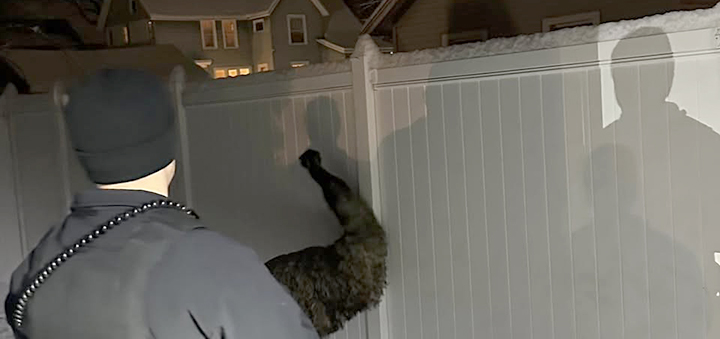
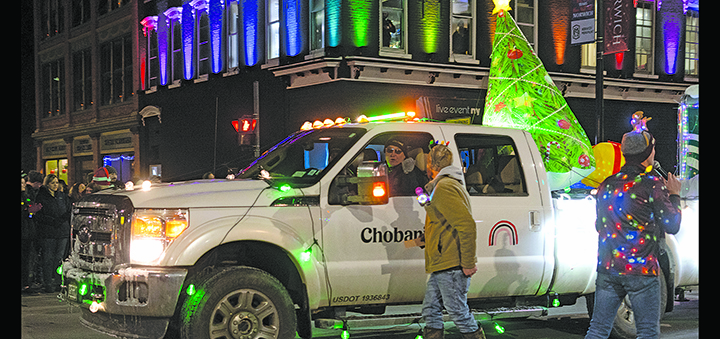
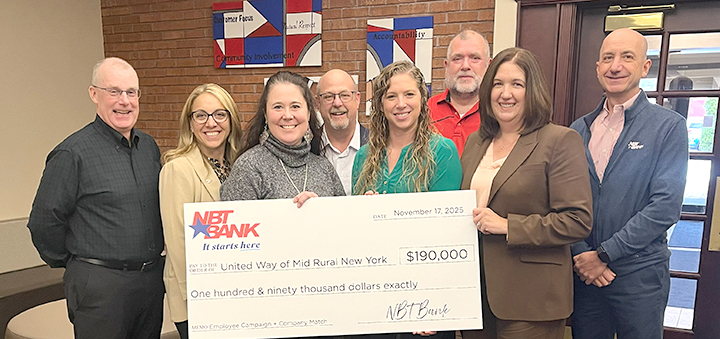
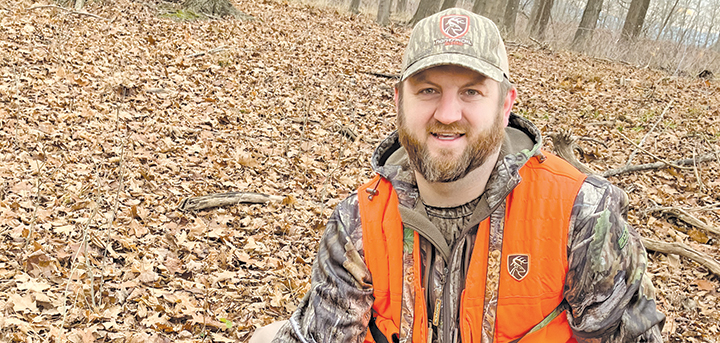
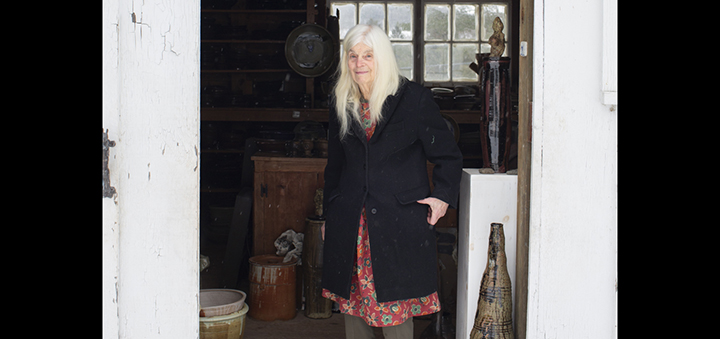



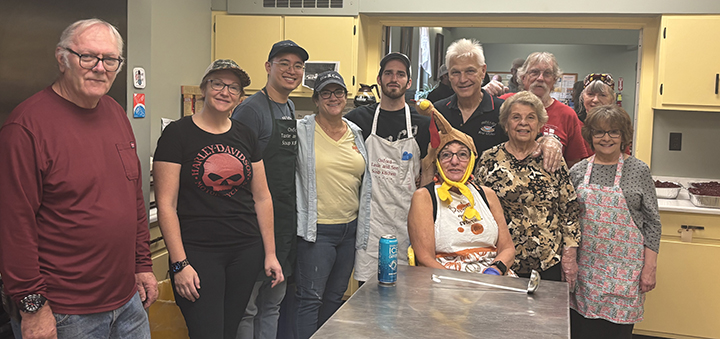

Comments